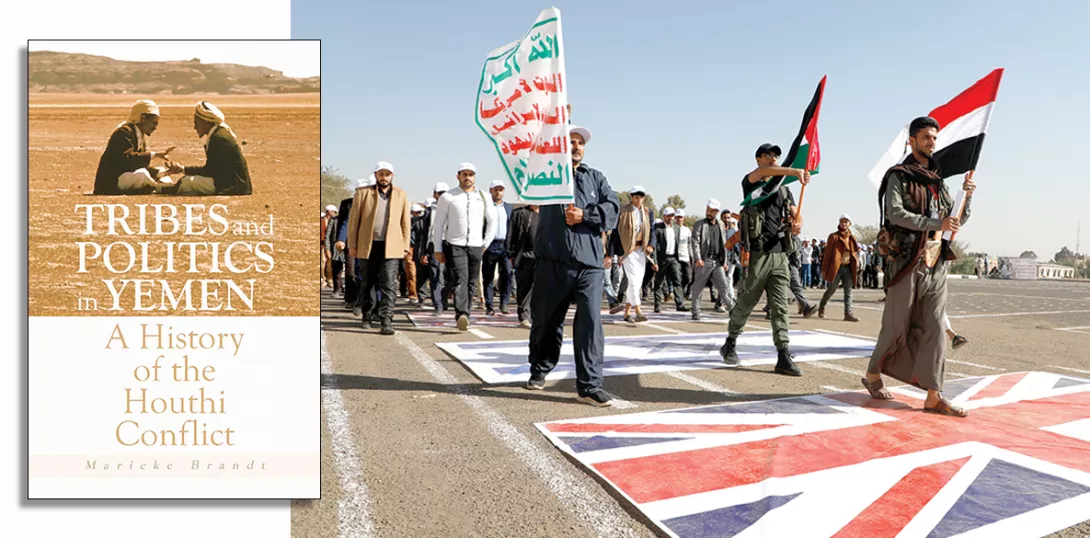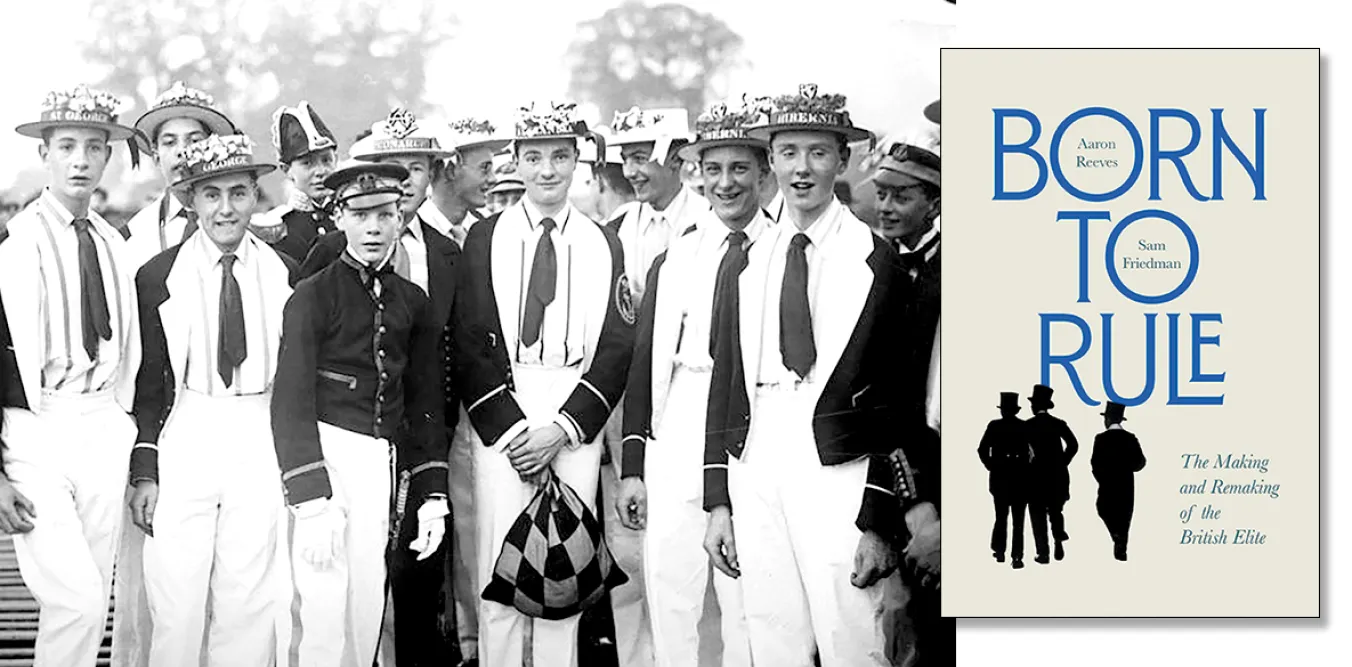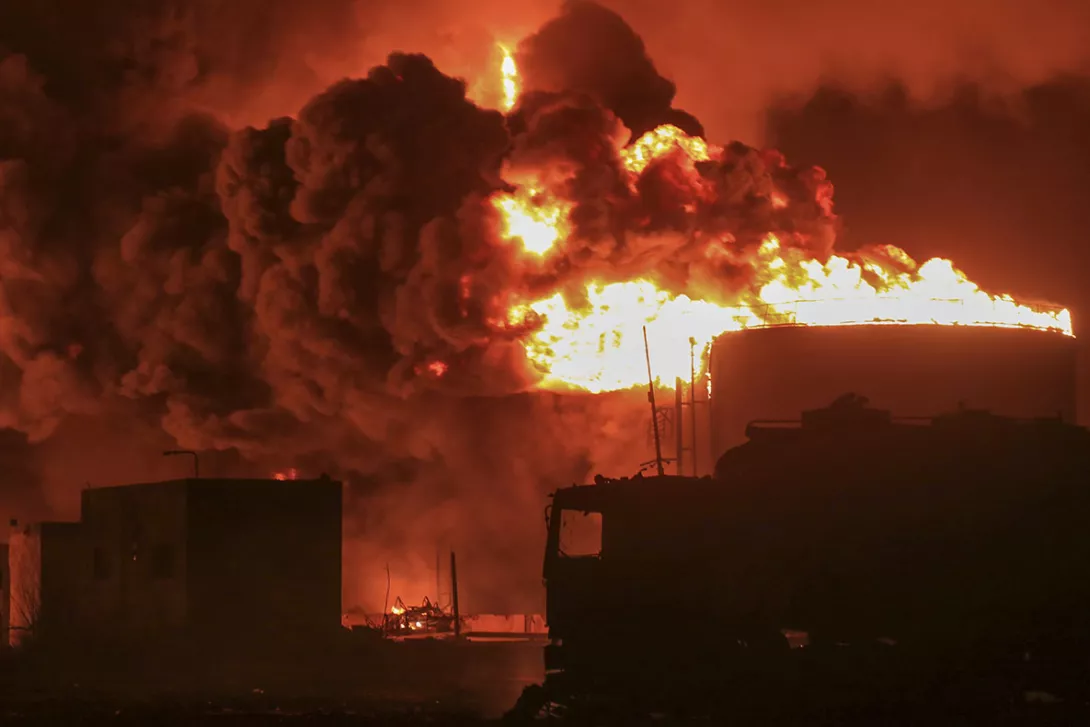
Tribes and politics in Yemen: a history of the Houthi conflict
Marieke Brandt
Hurst, 2024, £20
THIS fine scholarly study of the wars in Yemen presents the local dynamics of society in Yemen’s north – Sa‘dah province and its nearby areas. The author is senior researcher at the Institute for Social Anthropology at the Austrian Academy of Sciences in Vienna.
Her analysis focuses on the role of the region’s people in the implementation of policies, ideologies and religious doctrines. These people did not lead the overarching national debates, but they formulated the local agendas, shaped the reality of tribal, political and sectarian practice, and implemented these policies on the ground.
The eight-year civil war between republican and royalist forces, which ended the imamate and established the Yemen Arab Republic in 1962, triggered elite transformations in Sa‘dah, which were then cemented by the republican and Saudi regimes’ patronage politics. These distorted the functioning tribal order by increasing the political and economic power of the tribal leaders.















